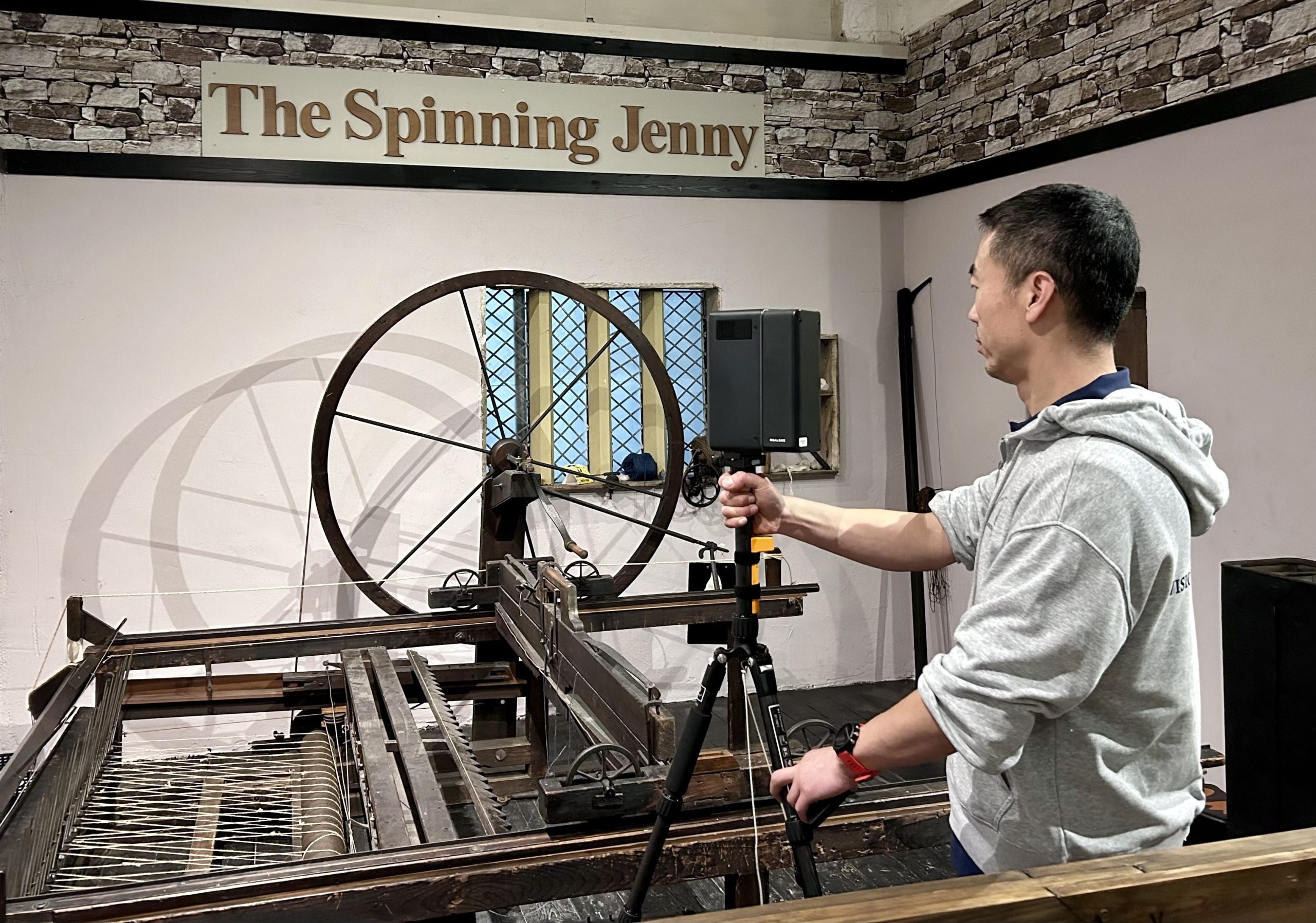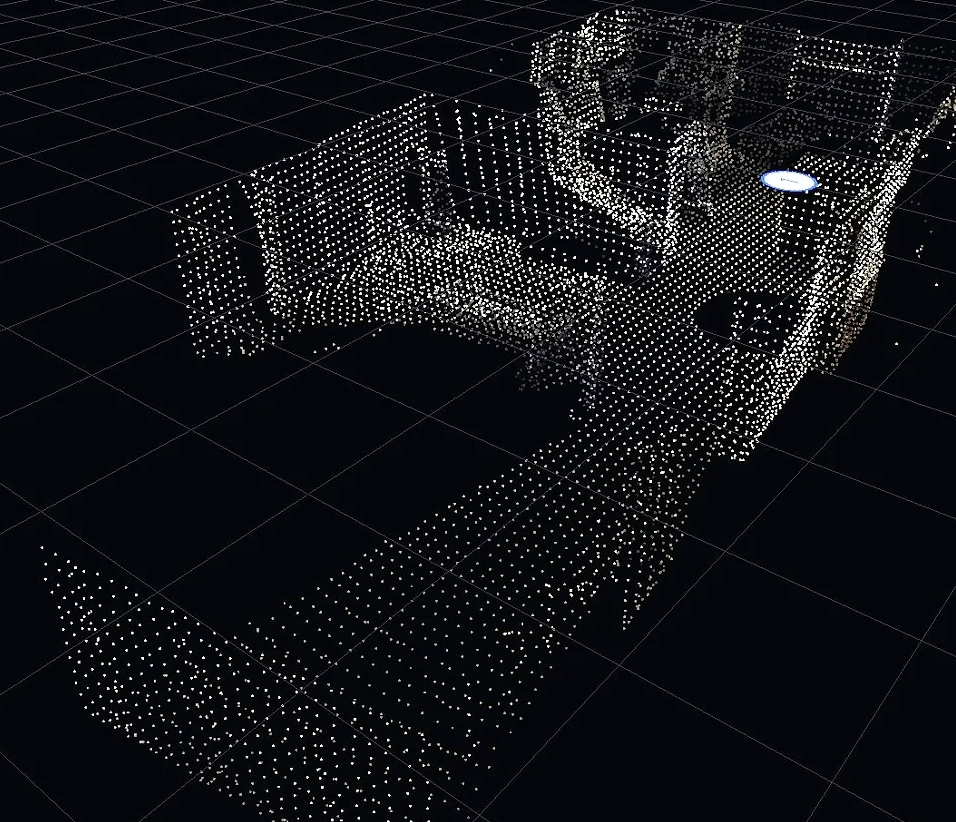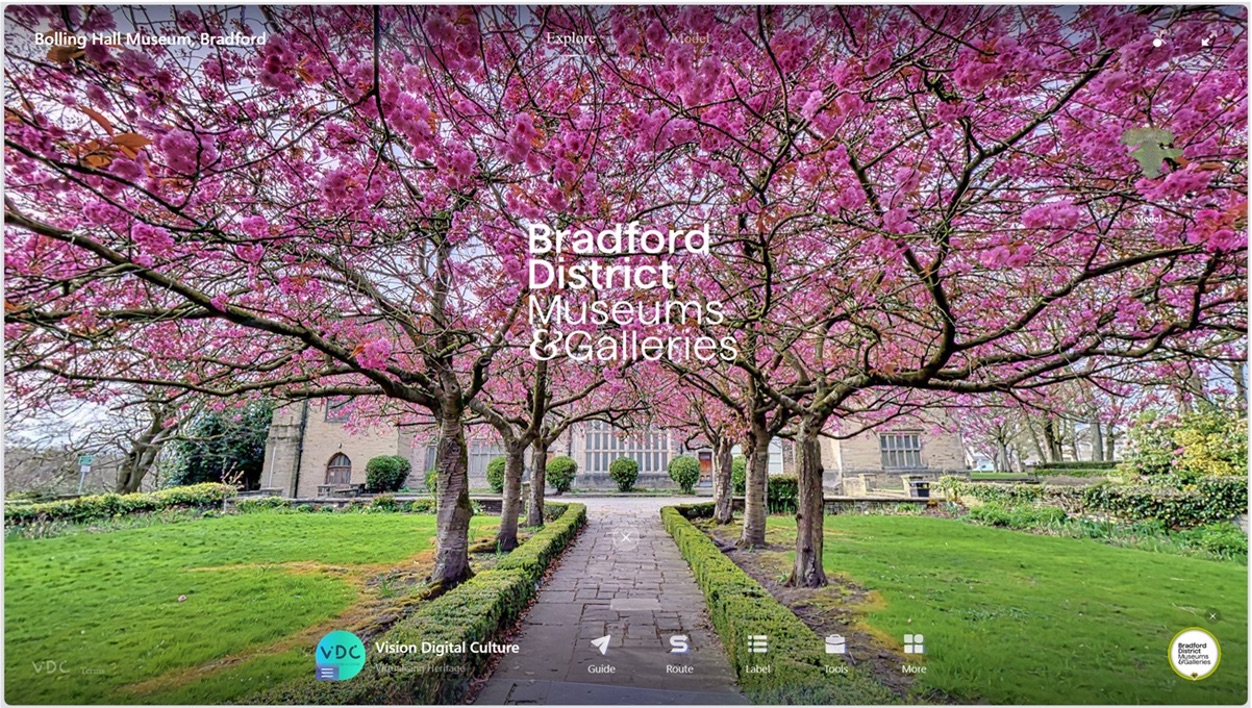
Calderdale Industrial Museum Testimonial
Calderdale Industrial Museum Testimonial “We are extremely pleased with the final result now displayed on our website.” General Experience Some time ago we had come
In the dynamic world of cultural institutions, the integration of Augmented Reality (AR) and Virtual Reality (VR) has become a catalyst for transformative experiences. This blog post delves into the immersive realms of AR and VR, exploring how museums, galleries, and studios can harness these technologies to redefine the way audiences interact with culture.
Explore the world of Augmented Reality, where digital elements enhance the real-world environment, providing a layered and interactive experience. Museums can use AR to overlay information, stories, and multimedia content onto exhibits, adding depth and context to the visitor experience.
Dive into the immersive universe of Virtual Reality, transporting visitors to entirely new realms and experiences. VR offers the potential for virtual tours, allowing audiences to explore exhibitions as if they were physically present, breaking down geographical barriers.
Understand how AR and VR elevate visitor engagement by providing a more interactive and personalised journey through cultural spaces. Customised AR experiences and VR simulations create memorable encounters, fostering a deeper connection between the audience and cultural offerings.
Witness the impact of AR and VR on educational practices within cultural institutions. These technologies create interactive learning spaces, where students can engage with historical events, art movements, and scientific discoveries in a dynamic and memorable way.
Explore how AR applications can enhance exhibits, providing supplementary information, interactive games, and immersive storytelling. AR adds an extra layer of engagement, transforming static exhibits into dynamic and captivating experiences.
Uncover the potential of VR for remote access, allowing audiences from around the world to virtually step into exhibitions and cultural spaces. VR bridges the gap between physical and digital, creating inclusive experiences for diverse audiences.
Learn about collaborative AR/VR projects that museums and galleries can undertake, fostering creativity and innovation within the cultural sector. Joint ventures with technology companies or other cultural institutions can result in groundbreaking AR/VR experiences.
In conclusion, as cultural institutions navigate the digital landscape, AR and VR emerge as powerful tools in their arsenal. From enhancing engagement to revolutionising educational practices, these technologies open new dimensions for cultural experiences. Embracing AR and VR is not just a technological leap but a strategic move towards creating dynamic, inclusive, and unforgettable encounters between audiences and the treasures of culture.

Calderdale Industrial Museum Testimonial “We are extremely pleased with the final result now displayed on our website.” General Experience Some time ago we had come

Artificial Intelligence (AI) is no longer just the buzzword of the tech world. It’s becoming a transformative tool for industries far beyond its Silicon Valley roots—including the world of cultural heritage.

At Vision Digital Culture, we’re passionate about bringing heritage to life — and our recent collaboration with Bolling Hall Museum is a perfect example of how technology and history can walk hand-in-hand.